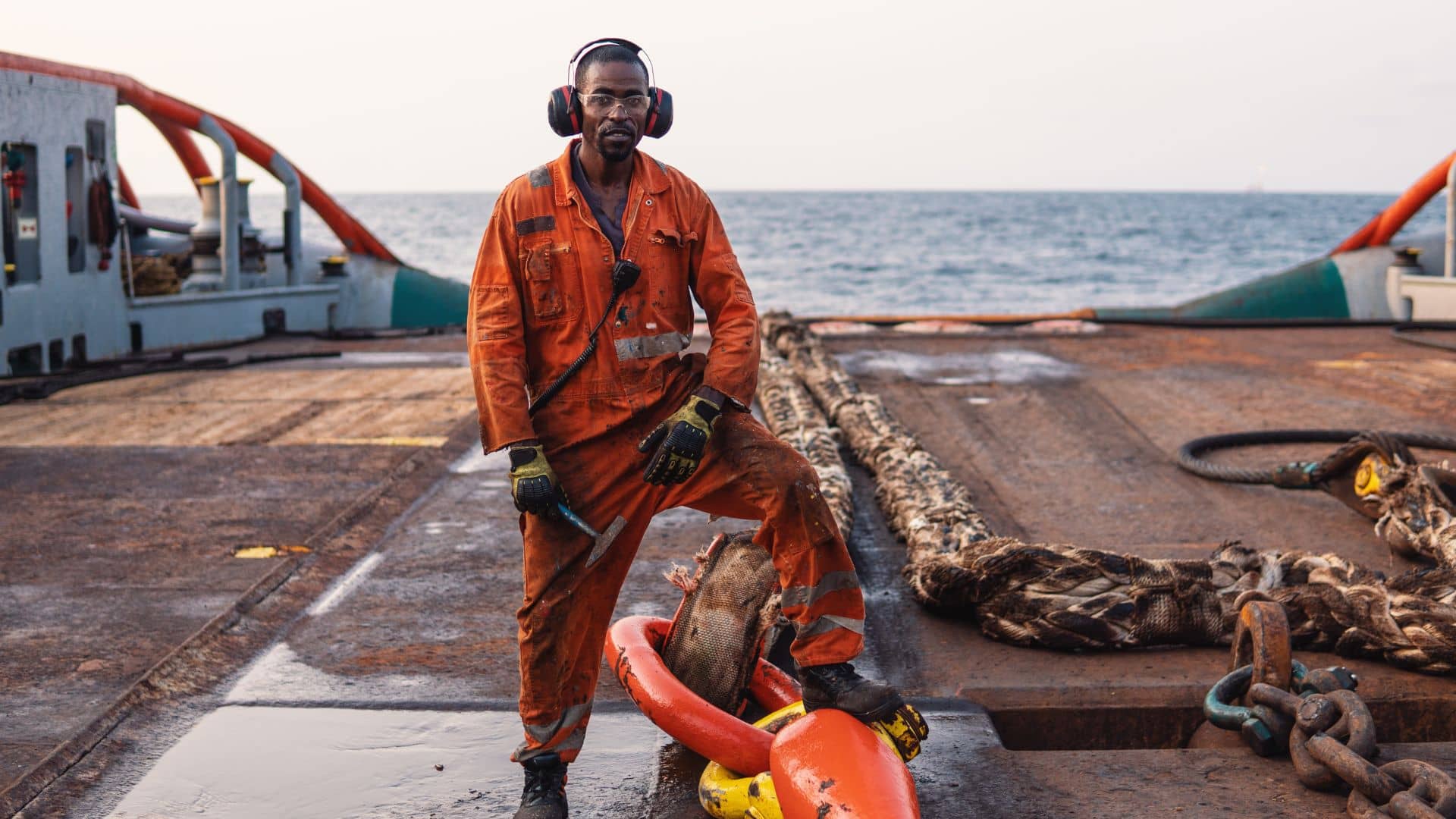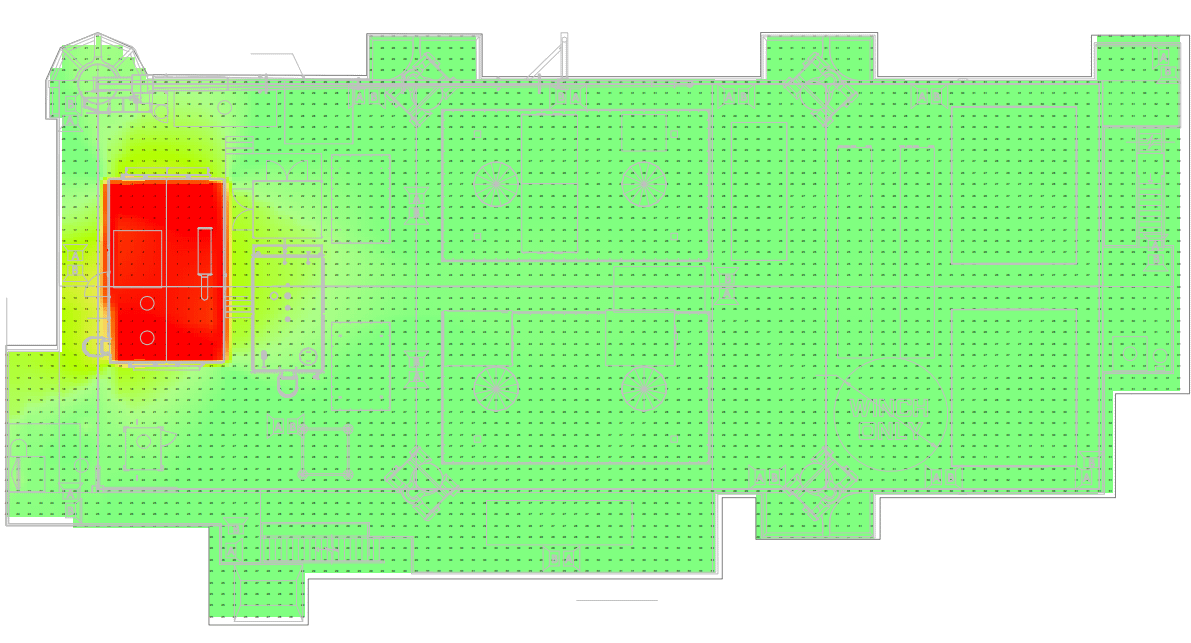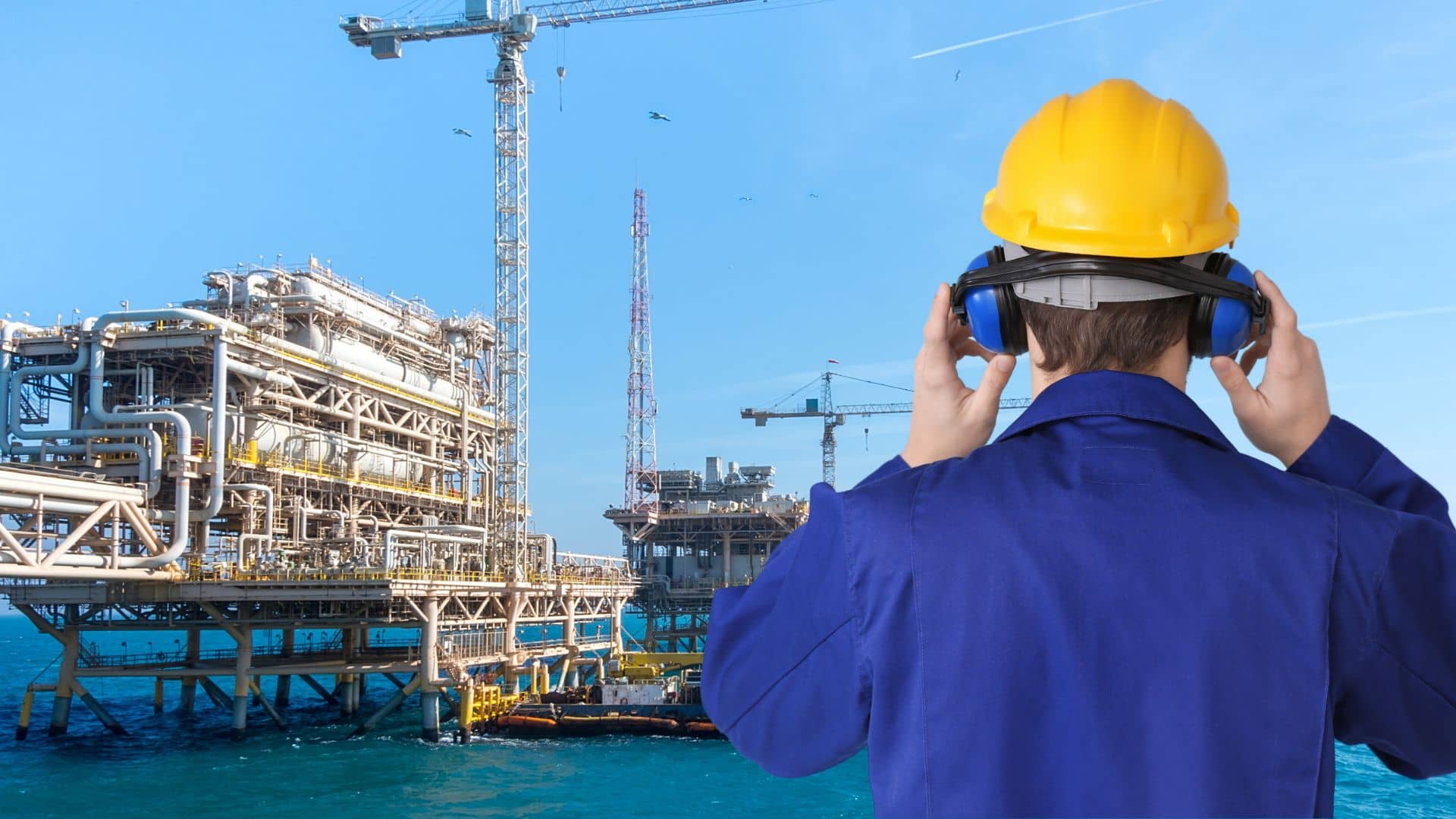Protecting your ears from loud noise on board a vessel is crucial for maintaining long-term hearing health.
Working on board a vessel exposes individuals to various occupational hazards, and one significant concern is the constant exposure to loud noise. Prolonged exposure to high decibel levels can lead to irreversible hearing damage.
What are some of the effective measures to protect your ears and promote hearing health while working in a maritime environment?
Understanding the Risks
Noise-induced hearing loss (NIHL) is a prevalent occupational health issue among maritime workers. The sources of loud noise on a vessel can include engines, machinery, alarms, and other equipment. The cumulative effect of daily exposure to these loud sounds can result in permanent damage to the delicate structures of the inner ear.

Protective Measures
Earplugs and Earmuffs
Invest in high-quality, noise-canceling earplugs or earmuffs specifically designed for maritime environments. Ensure a snug fit to effectively block out loud sounds. Consider custom-fitted ear protection for optimal comfort and protection.
Use Hearing Protection Consistently
Wear ear protection consistently, especially during tasks involving loud machinery or equipment. Make it a habit to put on your ear protection before entering areas with high noise levels.
Limit Exposure
Whenever possible, limit the duration of exposure to loud noises. Take breaks in quieter areas to give your ears a chance to recover. Rotate job tasks to reduce prolonged exposure to specific sources of loud noise.
Engineering Controls
Encourage the implementation of engineering controls on the vessel, such as noise barriers or soundproofing measures, to reduce overall noise levels.
Sound coverage studies play a crucial role in the proactive management of noise exposure in the workplace. By providing a detailed understanding of noise distribution, organizations can implement targeted measures to protect individuals from the harmful effects of loud noise.
Sound coverage studies involve measuring and mapping the noise levels across different areas of a workplace. This helps identify specific zones with high noise levels, allowing for targeted interventions in those areas.

Vivo Asia is proficient in conducting highly accurate sound coverage studies with the use of state of the art simulation software. Combined with our 10 years of industry experience, we can greatly improve your sound management!
Awareness and Check Ups
Schedule regular hearing check-ups to monitor any changes in your hearing health. Early detection of hearing loss allows for prompt intervention. Implement educational programs to raise awareness about the importance of hearing protection among crew members.
Maintain and Replace Equipment
Regularly maintain machinery and equipment to prevent unnecessary noise. Replace or repair any equipment generating excessive noise promptly.
Quiet Zones
Designate quiet zones on the vessel where crew members can take a break from high noise levels. These areas should be equipped with comfortable seating and minimal ambient noise.

Safeguarding Your Hearing
By incorporating these protective measures into your daily routine and promoting a culture of awareness, you can contribute to a safer and healthier maritime workplace. Remember, safeguarding your hearing is an investment in your overall well-being and the quality of life both on and off the vessel.

